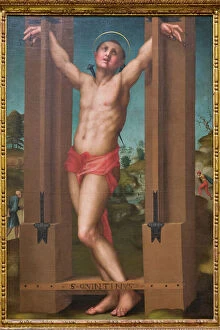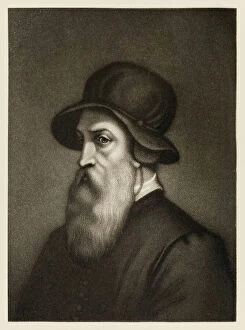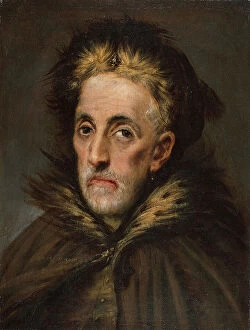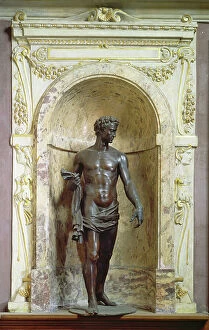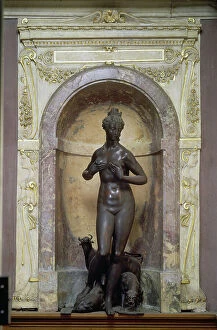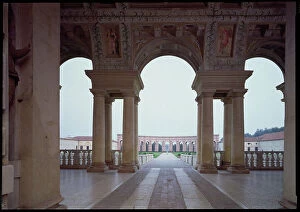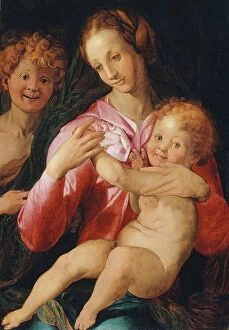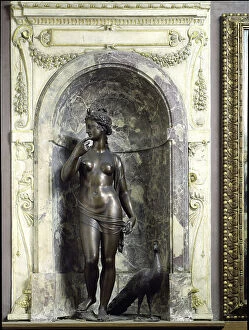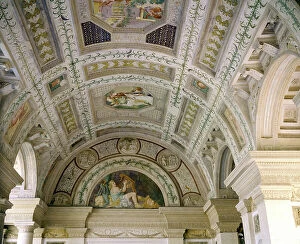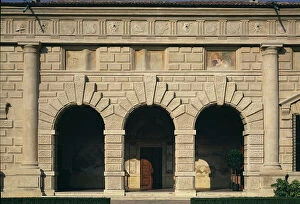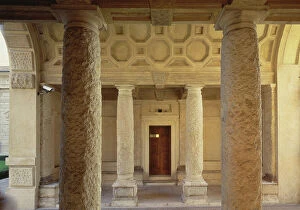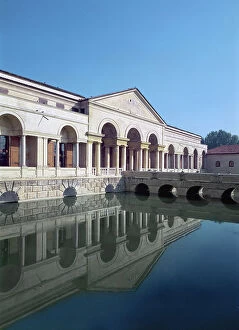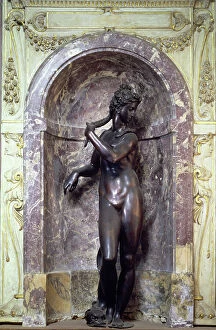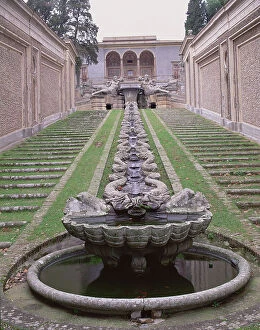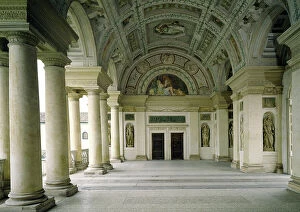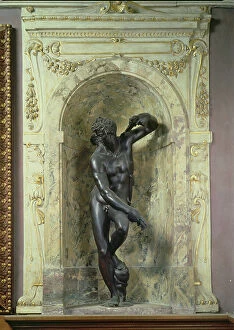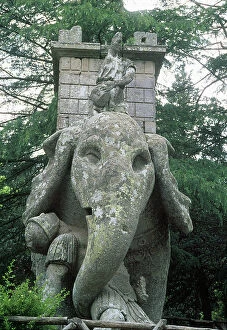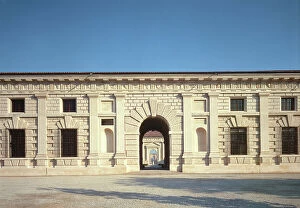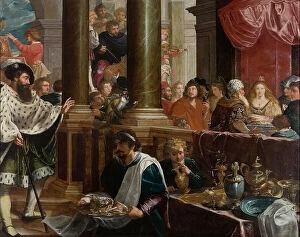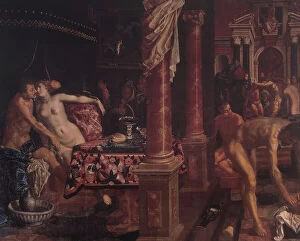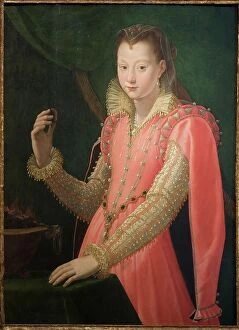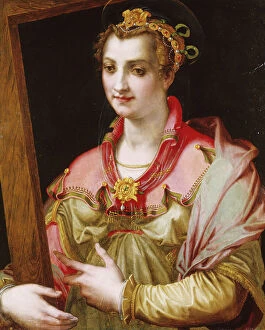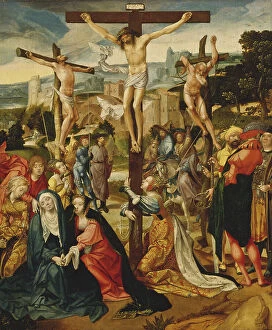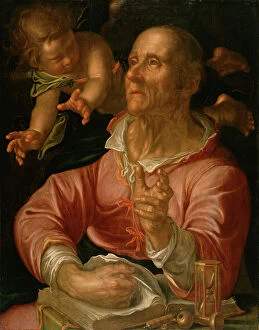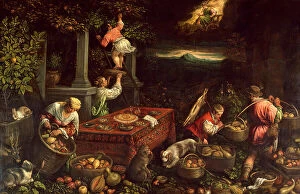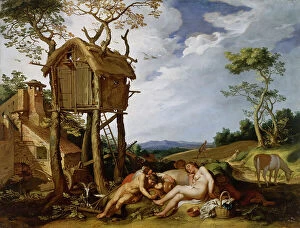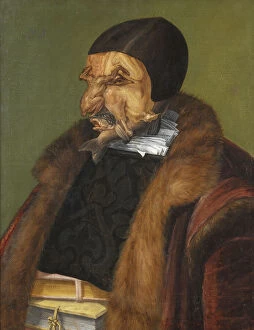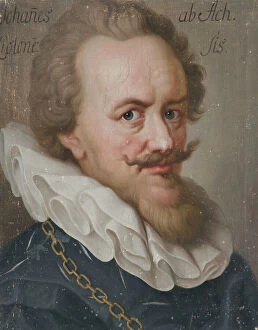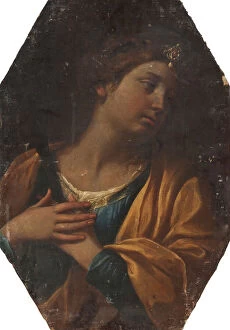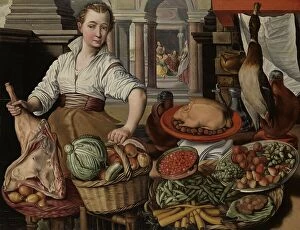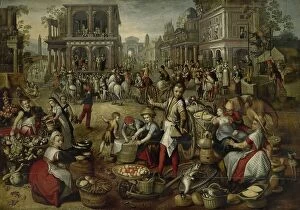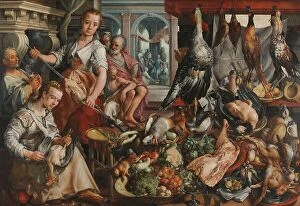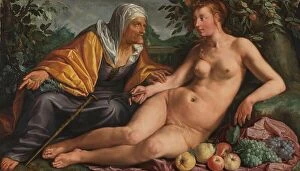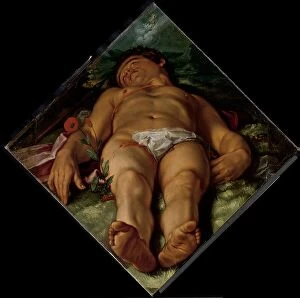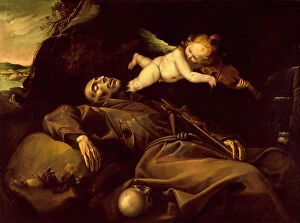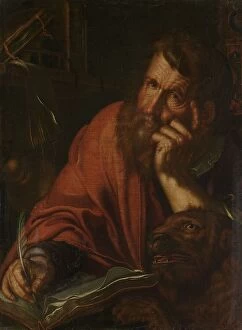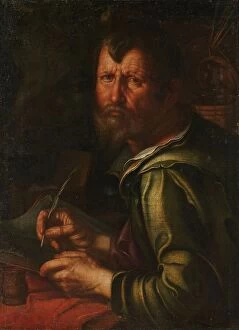Mannerist Collection (#2)
"Mannerist: An Artistic Journey Through Time" Step into the world of Mannerism, a captivating artistic movement that emerged in the 16th century
For sale as Licensed Images
Choose your image, Select your licence and Download the media
"Mannerist: An Artistic Journey Through Time" Step into the world of Mannerism, a captivating artistic movement that emerged in the 16th century. Let us embark on a visual voyage through some remarkable masterpieces and explore the essence of this unique style. Agnolo Bronzino's "An Allegory with Venus and Cupid" transports us to a realm where myth intertwines with reality. The elongated figures and intricate details showcase the quintessential characteristics of Mannerism, emphasizing elegance and complexity. Raphael's "Transfiguration" captivates our senses with its harmonious composition. This masterpiece showcases Raphael's ability to blend divine spirituality with earthly emotions, creating an ethereal atmosphere that leaves viewers in awe. In "The Deposition of Christ, " we witness Jacopo Pontormo's mastery over color and form. The contorted bodies convey profound grief while showcasing his innovative use of space, pushing the boundaries of conventional representation. Francesco Salviati takes us back in time as we stroll through the Courtyard of Palazzo Vecchio in Florence. His brushstrokes capture every architectural detail, evoking a sense of grandeur that echoes throughout history. Giuseppe Arcimboldo challenges our perception with his whimsical creation, "Allegory of Spring. " By ingeniously arranging fruits and flowers into human forms, he invites us to ponder deeper meanings hidden within nature’s bounty. Leandro Bassano presents biblical narratives like never before in "The Sacrifice of Noah after the flood. " His meticulous attention to detail brings these ancient stories to life while infusing them with his own imaginative flair. As we gaze upon Leandro Bassano's depiction of "The Riva degli Schiavoni in Venice, " we are transported to bustling canals adorned by vibrant architecture. With each stroke, he captures Venetian charm while paying homage to its rich cultural heritage.

